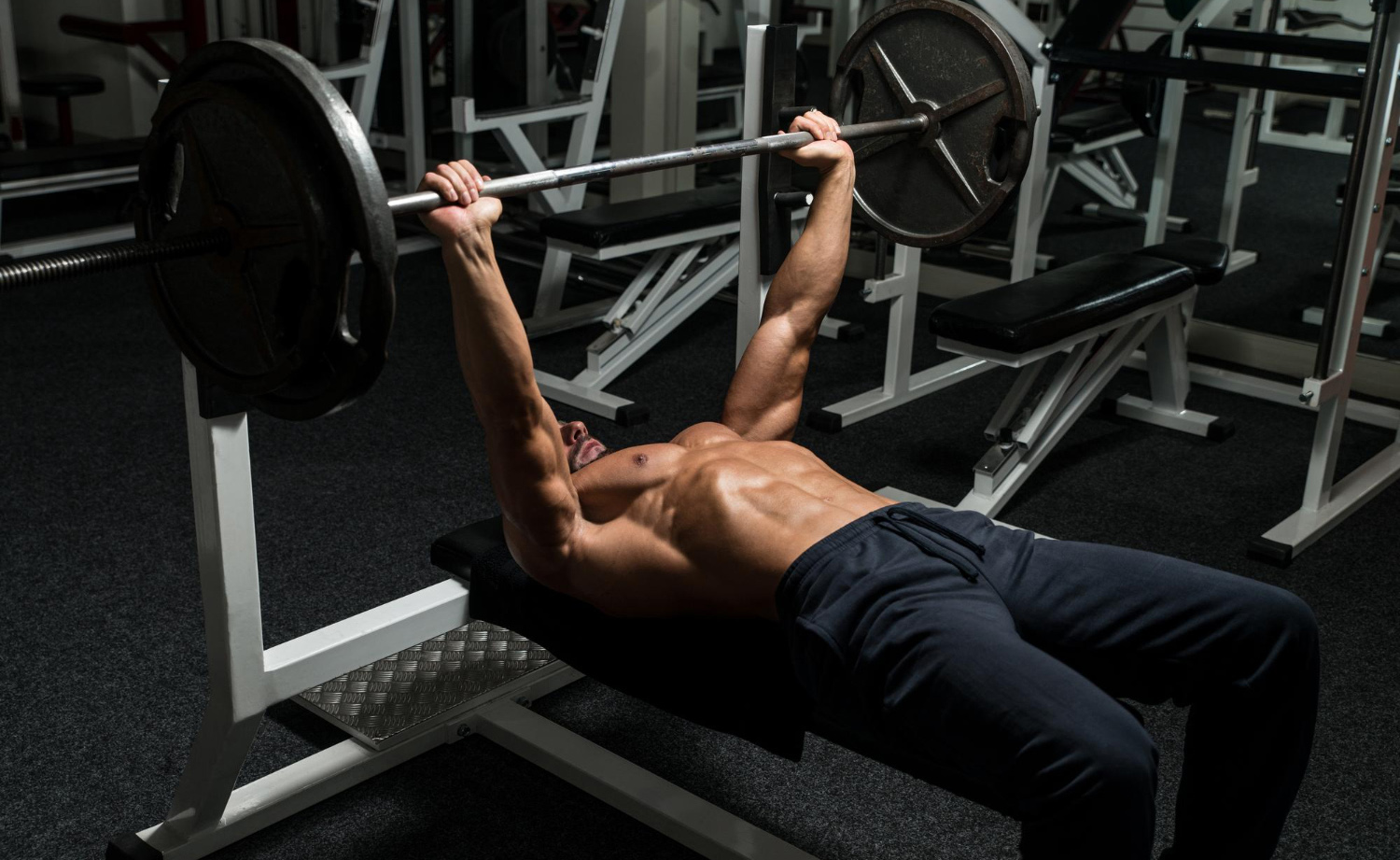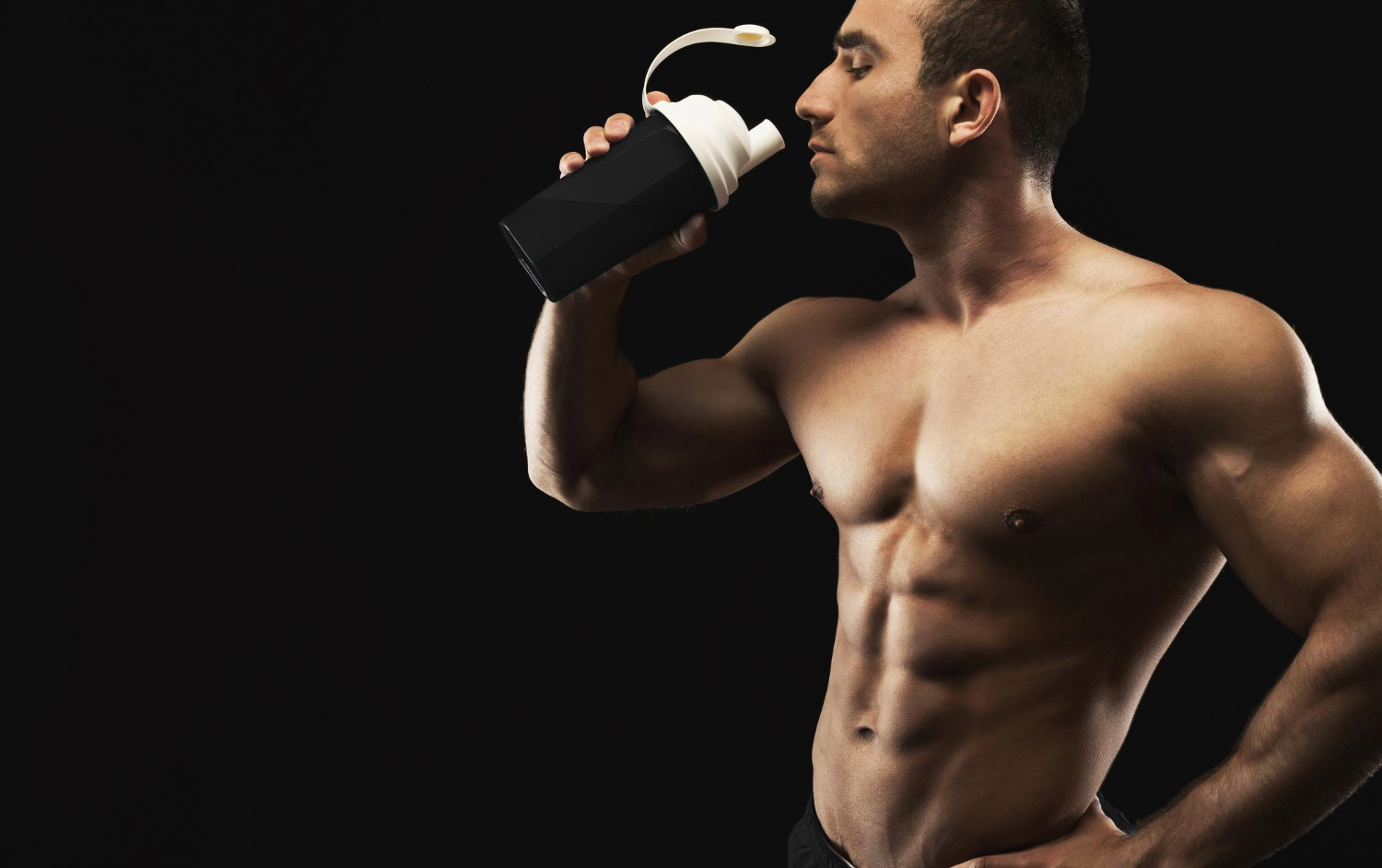The bench press is one of the most fundamental exercises in any strength training or bodybuilding regimen. This compound movement primarily targets the pectoral muscles, triceps, and anterior deltoids, making it essential for upper body development. Despite its popularity, many lifters perform the bench press incorrectly, which can lead to suboptimal gains and even injury. In this article, we’ll delve into the nuances of performing the bench press correctly, from warming up to executing each phase of the lift.
Warming Up
Before even touching the barbell, it’s crucial to prepare your body for the bench press. A proper warm-up increases blood flow to the muscles, enhances mobility, and reduces the risk of injury.
Shoulder Joint Warm-Up
- Arm Circles: Perform small to large circles with your arms extended. Start with 10-15 small circles forward, then 10-15 backward. Gradually increase the size of the circles.
- Shoulder Dislocates: Using a resistance band or broomstick, hold it with a wide grip in front of you. Raise it over your head and behind your back, then return to the front. Perform 10-15 repetitions.
- Internal and External Rotations: Use a resistance band or light dumbbell. For internal rotations, anchor the band and rotate your forearm towards your stomach. For external rotations, rotate your forearm away from your body. Do 10-15 repetitions on each arm.
Pectoral Muscle Warm-Up
- Dynamic Chest Stretch: Stand with your arms extended at shoulder height. Gently swing your arms forward and backward, crossing them in front of your chest, then stretching them out wide. Perform this for 30-60 seconds.
- Pec Flye Stretch: Using a resistance band anchored behind you, perform a chest flye motion, focusing on stretching the pecs at the end of the range of motion. Do this for 10-15 repetitions.
Setting Up for the Bench Press
Proper setup is crucial for an effective and safe bench press. Follow these steps to ensure optimal positioning:
- Lie on the Bench: Position yourself so that your eyes are directly under the barbell. Your feet should be flat on the floor, shoulder-width apart.
- Grip the Bar: Use a grip slightly wider than shoulder-width. This allows for optimal engagement of the chest muscles.
- Retract Shoulder Blades: This is one of the most essential techniques for building your chest. Before unracking the bar, retract your shoulder blades by pulling your shoulders back and down. Imagine trying to pinch a pencil between your shoulder blades. This creates a stable base and protects your shoulders. This technique is key to transferring tension away from your deltoids (shoulders) to your pectorals (chest muscles).
- Arch Your Back: Maintain a slight arch in your lower back. Your buttocks should remain on the bench, but there should be a small gap between your lower back and the bench.
- Unrack the Bar: With your shoulders retracted and your core engaged, unrack the bar and position it directly above your shoulders.
The Bench Press Movement
The Eccentric Phase
The eccentric phase of the bench press is when the bar is lowered to your chest. This phase is critical for muscle hypertrophy, as it involves the controlled lengthening of the muscle fibres, leading to micro-tears that promote muscle growth when repaired.
- Lower the Bar: Slowly lower the bar to your chest. Aim for a 2-3 second descent to maximise muscle tension.
- Keep Control: Maintain control throughout the entire eccentric phase. Do not let the bar drop quickly, as this can lead to injury and reduces the effectiveness of the exercise.
- Elbow Position: Keep your elbows at a 45-degree angle relative to your body. This reduces shoulder strain and optimally engages the chest muscles.
The Concentric Phase
The concentric phase is the upward movement of the barbell. This phase involves the shortening of the muscle fibres as they contract to lift the weight.
- Push the Bar Up: From the bottom position, drive the bar upwards by pressing through your chest and triceps.
- Do Not Lock Out Elbows: As you approach the top of the lift, stop just before your elbows fully extend. Locking out your elbows can place undue stress on the joints and reduce muscle tension.
- Maintain Shoulder Position: Keep your shoulder blades retracted and your chest up throughout the entire movement. This helps to maintain a strong and stable base.
Breathing Technique
Proper breathing technique is often overlooked but is vital for optimal performance and safety during the bench press.
- Inhale: Take a deep breath in before lowering the bar. This increases intra-abdominal pressure and helps stabilise your torso.
- Exhale: Exhale forcefully as you press the bar back up. This can help you generate more power and maintain control.
Common Mistakes and How to Avoid Them
Flaring Elbows
Allowing your elbows to flare out to the sides can put excessive strain on your shoulders. Keep your elbows at a 45-degree angle to your body.
Incomplete Range of Motion
Lowering the bar only partway down and not touching your chest can limit muscle activation. Ensure you lower the bar to your chest to maximise the benefits.
Bouncing the Bar
Bouncing the bar off your chest to gain momentum is a common mistake that can lead to injury. Always control the bar and avoid using momentum.
Arching Back Excessively
While a slight arch in your lower back is beneficial, excessive arching can lead to spinal injuries. Maintain a natural arch without lifting your buttocks off the bench.
Inconsistent Shoulder Blade Retraction
Failing to keep your shoulder blades retracted throughout the entire set can compromise stability and increase the risk of shoulder injuries. Ensure your shoulder blades remain locked in place.
Progressive Overload
To continue making gains in strength and muscle size, you need to progressively overload your muscles. This means gradually increasing the weight you lift or the number of repetitions you perform.
- Increase Weight Gradually: Add small increments of weight each week to avoid plateaus.
- Vary Repetitions: Mix up your training with different rep ranges. For hypertrophy, aim for 8-12 repetitions per set. For strength, focus on 4-6 repetitions.
- Track Your Progress: Keep a training log to track your progress and make adjustments as needed.
Assistance Exercises
Incorporate assistance exercises to strengthen the muscles involved in the bench press and address any weaknesses.
- Tricep Dips: Strengthen the triceps, which play a crucial role in the lockout phase of the bench press.
- Chest Flyes: Target the pectoral muscles and enhance your chest development.
- Overhead Press: Improve your shoulder strength and stability, which can aid in the bench press.
- Push-Ups: Build endurance and stability in your chest, shoulders, and triceps.
Recovery and Nutrition
Recovery and proper nutrition are just as important as the workout itself. Ensure you are getting adequate rest and consuming a balanced diet to support muscle growth and repair.
- Rest: Allow at least 48 hours of rest between bench press sessions to give your muscles time to recover.
- Protein Intake: Aim for a protein intake of 1.6-2.2 grams per kilogram of body weight to support muscle repair and growth.
- Hydration: Stay hydrated to maintain optimal performance and recovery.
The bench press is a cornerstone of upper body strength training and bodybuilding. Performing it correctly requires attention to detail, from the initial setup and warm-up to the execution of each phase of the lift. By retracting your shoulder blades, controlling the eccentric phase, avoiding elbow lockout, and following proper form, you can maximise your gains and minimise the risk of injury. Incorporate these tips into your training routine, and you’ll be well on your way to a stronger, more developed chest.






